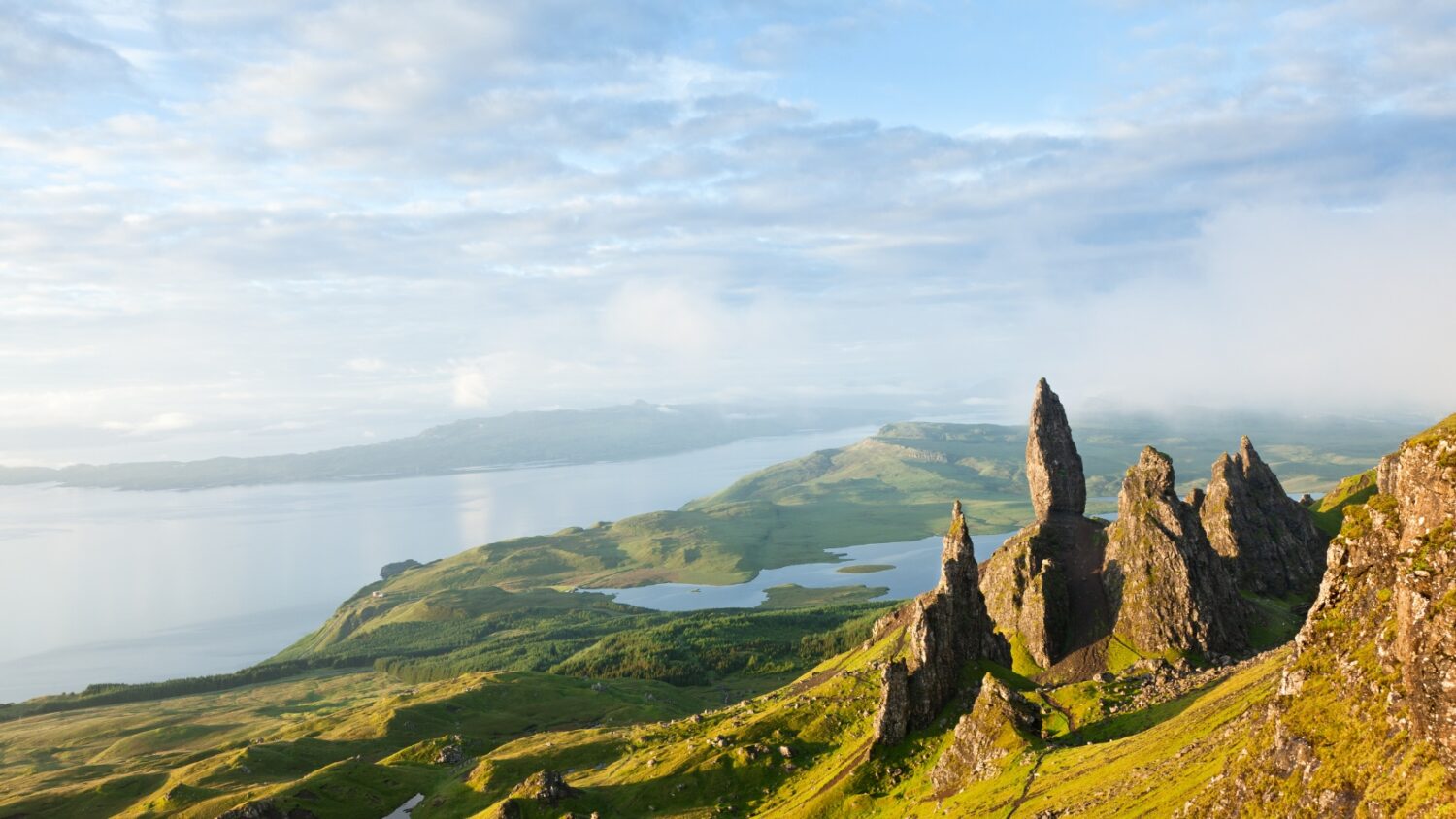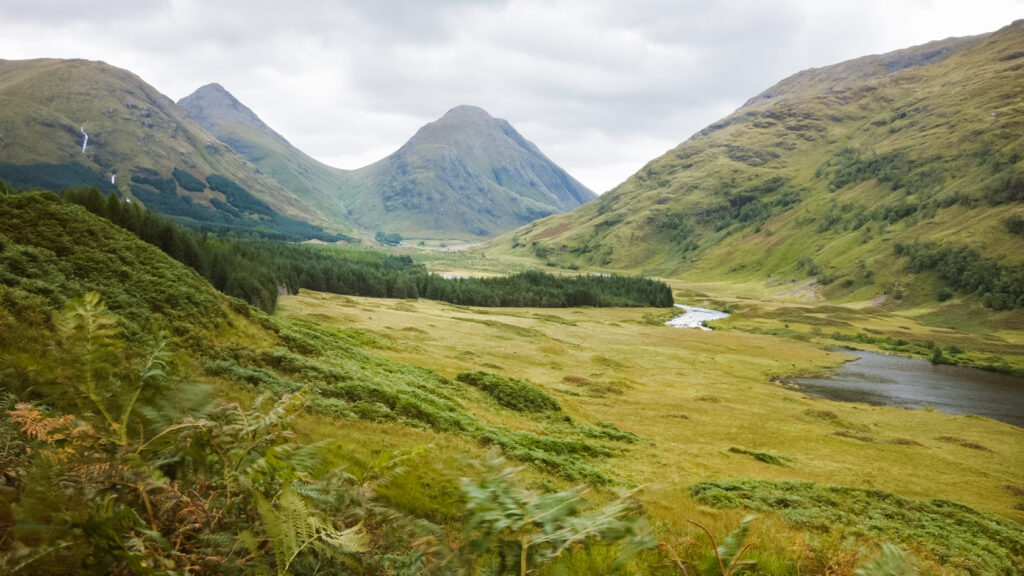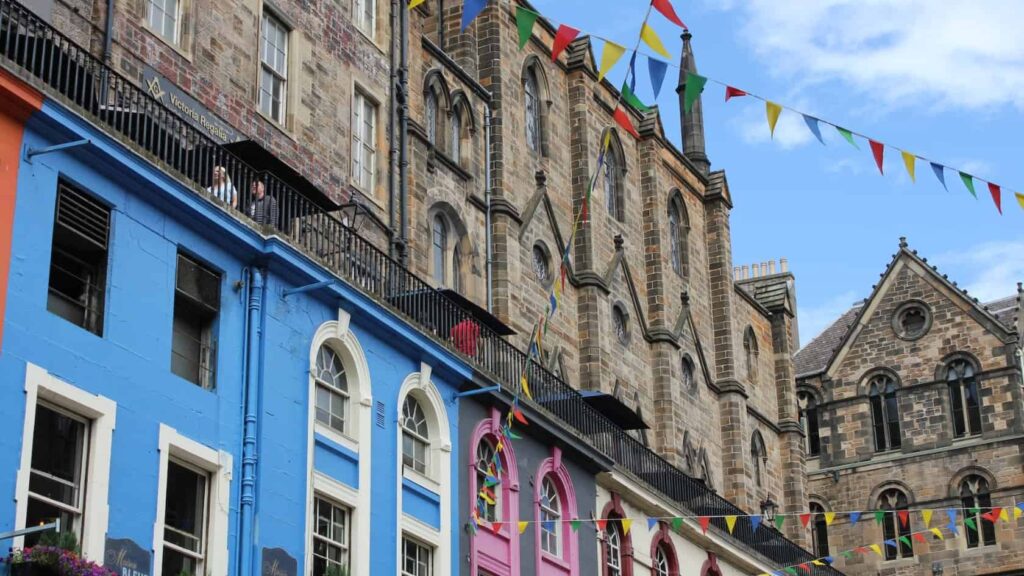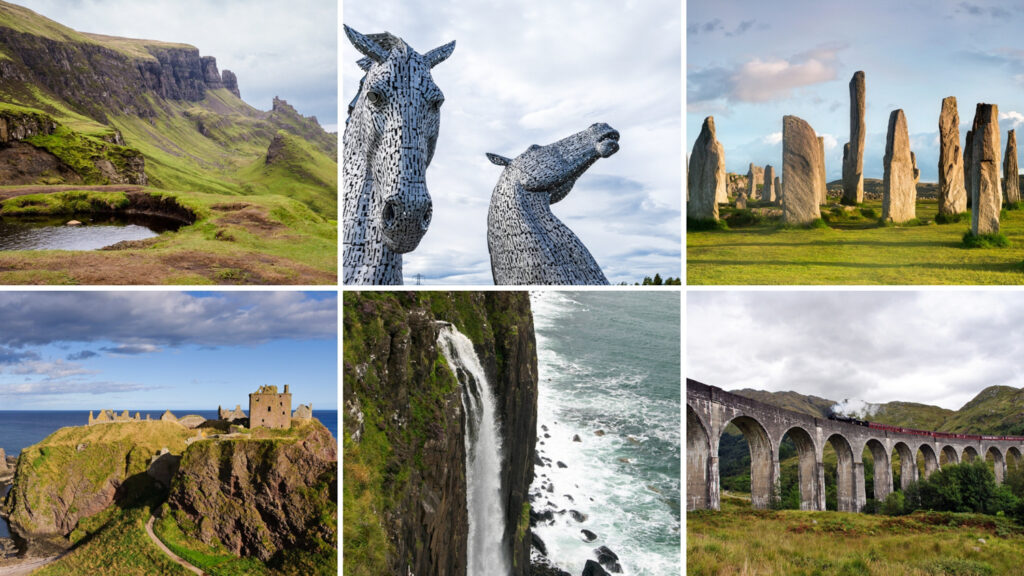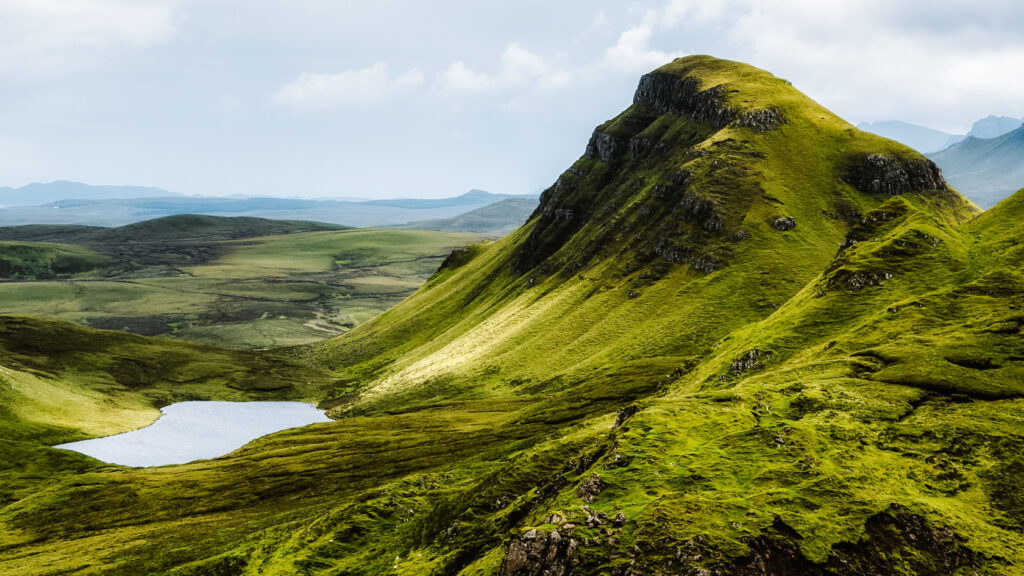Located in the northern part of the United Kingdom, Scotland is a country rich in history, breathtaking landscapes and unique cultural traditions. Go on an adventure with our travel guide to Scotland. The guide includes tips for travelling to Scotland, how to get around, where to stay, traditions and what to look out for in Scotland.
I absolutely fell in love with Scotland and I believe you will too. It will enchant you with its rawness, amazing nature and friendly people.
Let’s plan a trip to Scotland so you can go on an adventure!
Why visit Scotland?
Scotland is a country with unique nature, rich history and stories of mythical creatures and legends. From the rugged Highlands to the breathtaking islands of Skye and the Hebrides, nature lovers, outdoor activities and walkers will find plenty to do. Observe animals in their natural habitat and visit ancient castles and battlefields that tell the story of Scotland’s complex past.
Scottish culture is deeply rooted in traditions that are expressed in iconic music, Gaelic and festivals such as the Edinburgh Fringe. Taste Scotch whisky and get an insider’s view of the production process at one of the distilleries.
But the best thing about Scotland is the locals, who are known for their hospitality and warmth.
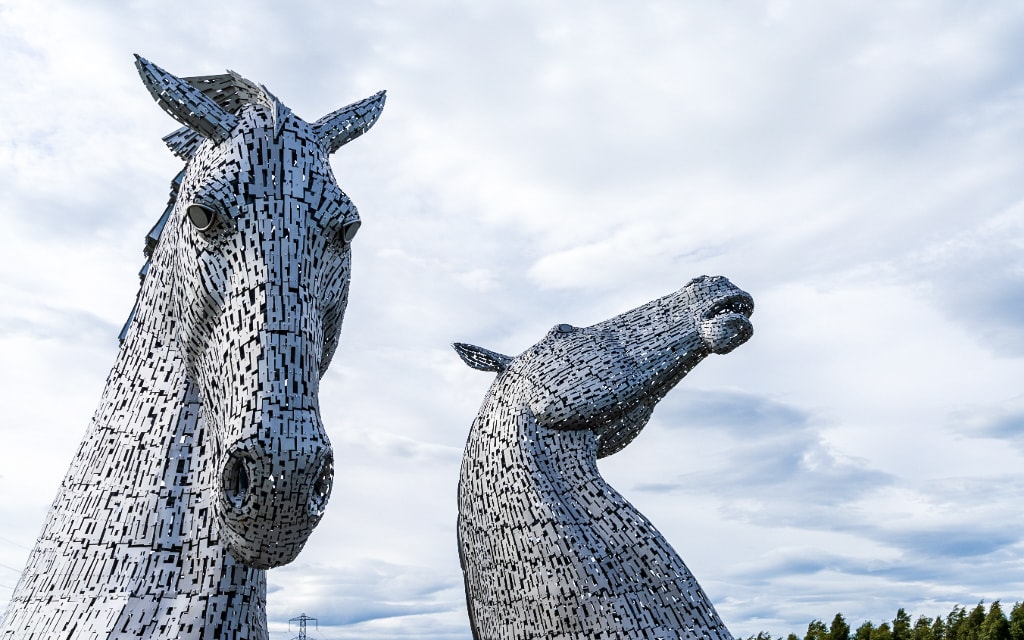
Transport
Scotland has an extensive transport system that includes a combination of road, rail, air and sea transport.
By air to Scotland
Scotland is served by several airports. The largest airports are Glasgow, Edinburgh and Aberdeen, which offer both domestic and international flights. There are also a number of smaller airports around the country, which provide connections mainly to the Scottish islands.
Edinburgh and Glasgow offer a variety of flight options that are often competitively priced. Both cities have excellent connections to the rest of Scotland, whether you choose to rent a car or take public transport.
There is also an airport in Inverness. However, this is mainly served by domestic flights, followed by flights from Amsterdam and Dublin.
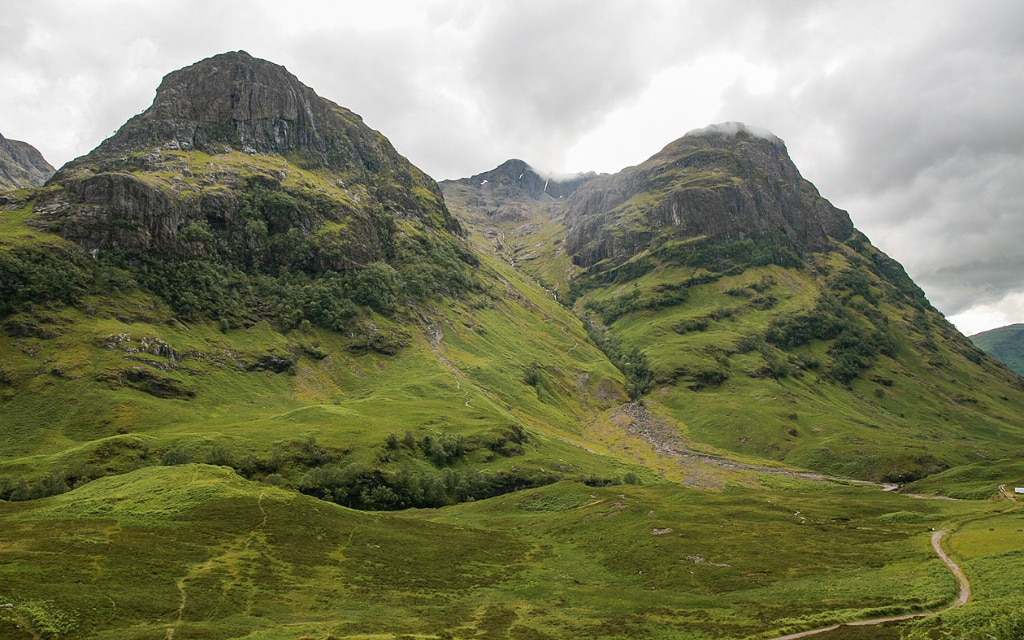
Car rental in Scotland
The car is another popular way to explore Scotland’s beautiful countryside. Hire a car and drive the entire North Coast 500 or head to the Isle of Skye. Just think about driving on the left in the UK.
In addition, some areas are not accessible by public transport. The car is then the best choice.
Book your car well in advance to ensure the best price and choice. Car rental companies can be found at every airport, as well as throughout Scotland. When booking, make sure that full insurance is included to avoid any unpleasant surprises on site.
To rent a car you will need a passport, credit card and a minimum age of 21 years. Detailed information can be found at booking a car.
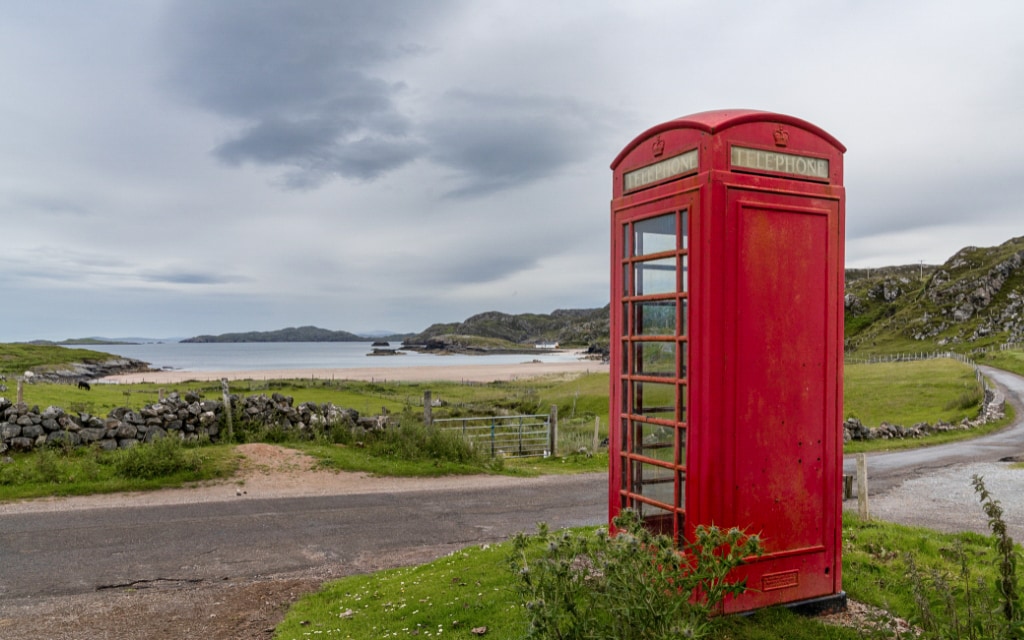
Travelling by train in Scotland
Scotland has an extensive rail network offering both domestic and cross-border services. The rail network in Scotland is managed by Network Rail, with ScotRail being the main operator of national train services. Here you can find up-to-date information on timetables, fares and maps of services.
Major railway stations include Glasgow, Edinburgh, Aberdeen and Inverness. The rail system also offers scenic routes such as the West Highland Line and the Kyle Line.
The West Highland Line has already been mentioned in connection with the Hogwarts Express, as it is this line that appeared in the Harry Potter films. The route is long, so it’s a good idea to choose only parts of it depending on where you are. For more information about the Hogwarts Express, see Things to do in Scotland.
The Kyle Line connects Inverness via the Kyle of Lochalsch westwards to the Isles of Skye. If you would like to do the whole trip, count on a route of 2 hours and 40 minutes. Along the way you’ll enjoy spectacular views of the Torridon Peaks, Scotland’s most prominent mountain range, herds of deer and, at the very end, the Isle of Skye.
Find up-to-date information on long-distance routes on ScotRail.
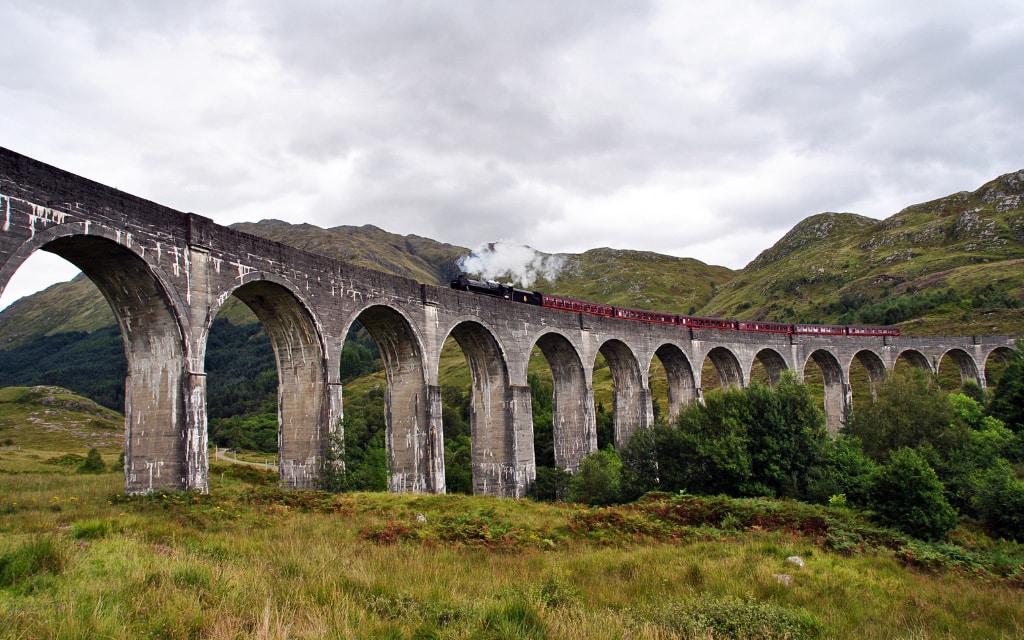
Ferries
Ferries play an important role in Scottish transport, particularly to the Scottish islands. Companies such as Caledonian MacBrayne and NorthLink Ferries offer services to the Inner and Outer Hebrides, Orkney and Shetland.
Scotland also has several ports and harbours that handle cargo and cruise ships. For specific information for ferries, see Things to do in Scotland.
Where to stay in Scotland
Edinburgh
Edinburgh, the capital of Scotland, is located in the east of Scotland. Edinburgh Airport is where most of the visitors arrive. You can choose one of the organised tours from Edinburgh or hire a car at the airport and head to the Scottish Highlands, the East Coast or the Cairngorms National Park. The Kelpies statues and Stirling Castle are also a short walk away.
- Cityroomz Edinburgh: Hotel on Princes St, directly opposite the airport bus stop. Rooms and apartments with kitchenettes are available.
- The Haymarket Hotel: This hotel is in a Victorian house on a quiet street on the edge of the centre. It is well connected to the airport. Rooms are stylish, cosy and decorated in a traditional style.

Edinburgh – ibis budget Hotel
The ibis hotels are a popular hotel chain that offers smaller but modern rooms with the necessary amenities. This hotel is ideally located for those looking for accommodation near the airport.
Glasgow
Scotland’s largest city, Glasgow is known for its vibrant arts scene, rich industrial history and beautiful architecture. As well as Edinburgh, Glasgow has regular flights from many European cities. Loch Lomond National Park and The Trossachs are just 45 minutes away, and it’s also a short drive to The Kelpies and Stirling Castle, or 2 hours to the Glen Coe Valley.
- Euro Hostel Glasgow: Accommodation in single (and family) or shared rooms in the centre near the station
- Clayton Hotel Glasgow City: A cosy four star hotel with spectacular views minutes from the station
- ibis budget Glasgow: Cheap accommodation within walking distance of the centre and free parking
Inverness and Loch Ness
Inverness and the surrounding area is a great place to stay if you want to explore the Scottish Highlands, including Loch Ness and the Culloden Battlefield. Inverness can be reached from Edinburgh or Glasgow in 3 hours by car or direct train.
- Loch Ness Guest House: Comfortable accommodation in Fort Augustus steps from Loch Ness at a great price
- Loch Ness Lochside Hostel: Accommodation in single or shared rooms on the shores of Loch Ness
- Whitehouse B&B: Beautiful, cosy accommodation in Fort Augustus on Loch Ness with excellent breakfast and free parking
Isle of Skye
Staying on the Isle of Skye allows easy access to natural wonders such as the Old Man of Storr, Fairy Pools and Neist Point.
- Broadford Youth Hostel: Simple, practical accommodation in single rooms (including family rooms) or shared rooms at a good price

Isle of Skye – Sligachan Hotel
Fantastic, stylish hotel in the middle of the countryside with stunning views, free parking and a restaurant and bar
Fort William
Fort William is known as the outdoor capital of the United Kingdom. A strategic base for exploring the Glencoe Valley, West Highland Way and Ben Nevis.
Fort William is a 3-hour drive from Edinburgh or Glasgow, or you can take direct trains and buses from Glasgow. If your base is Inverness, Fort William can be reached in 2 hours.
- Distillery Guest House: Accommodation in a cosy country house with free parking and breakfast included
- Sutherland mini apartments: Apartments for up to 4 people with kitchenette and free parking
What to taste in Scotland?
- Haggis: A traditional Scottish dish is haggis, or sheep tripe on onions with oatmeal cooked in a sheep’s stomach. With mashed potatoes and turnips.
- Scotch pie: It is a small double-crust pie filled with minced mutton or other meat.
- Cullen Skink: Thick and creamy fish soup made from smoked cod, potatoes and onions.
- Black Pudding: a type of blood sausage commonly served as part of a traditional Scottish breakfast.
- Stovies: a hearty stew of potatoes and meat (usually leftover roast or beef).
- Scotch Whisky: A world famous Scotch whisky produced in Scotland. There are many distilleries around the country where you can taste and learn more about the production process.
- Scottish salmon: Scottish salmon is famous all over the world and is worth trying smoked or fresh.
- Scotch eggs: hard-boiled eggs coated in breadcrumbs
A rich British breakfast is served in the morning and traditional tea with fluffy scones with jam and cream in the afternoon. For dessert, try the Shortbread, Scottish biscuit or the Condensed Milk, Sugar and Butter Tablet.
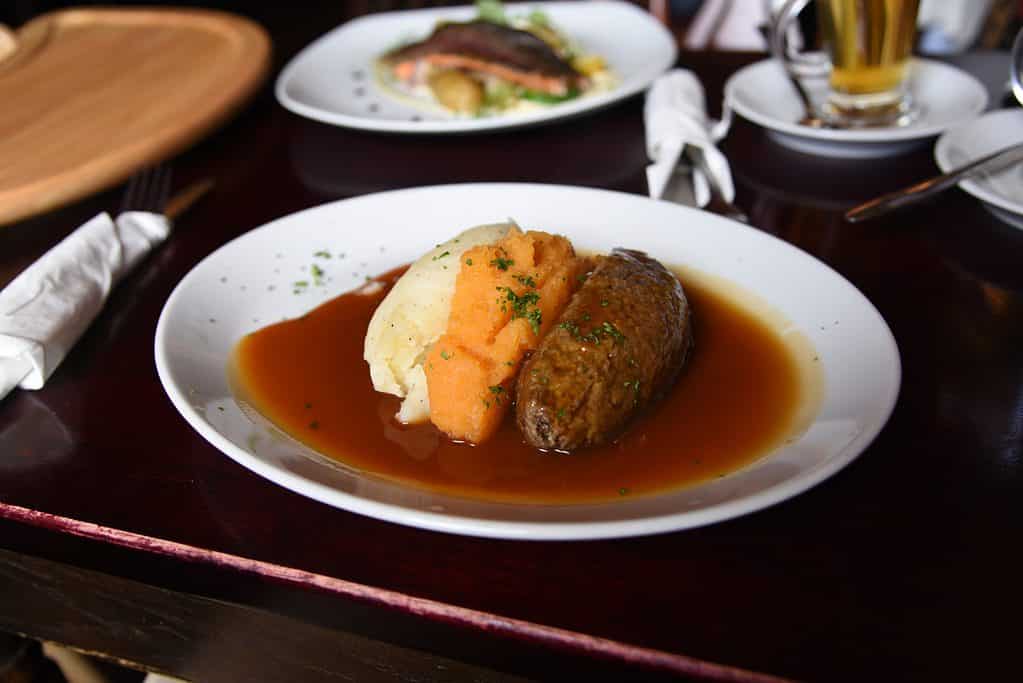
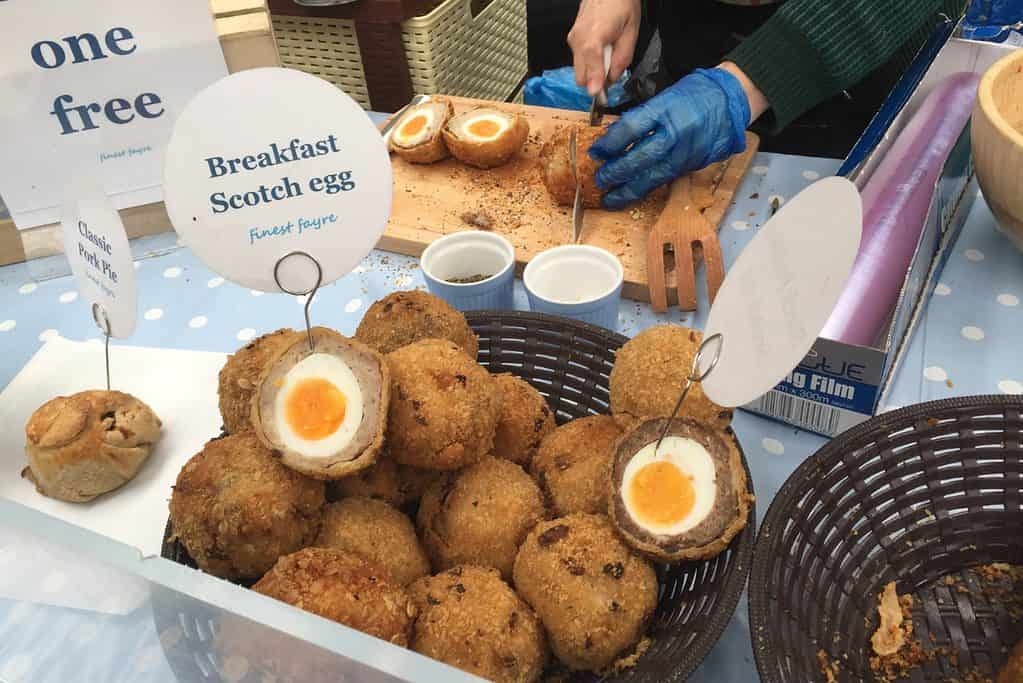
Read: Itinerary for a roadtrip in Scotland
What is the weather like in Scotland and when to visit Scotland?
Many people describe Scottish weather as “four seasons in one day”, reflecting its unpredictability and changeability.
Below you’ll find the weather in Scotland broken down by season so you can get an idea of what to expect.
Spring (March-May): Spring is relatively mild with average temperatures ranging from 8 to 12 degrees Celsius. It is also the time of year when many flowers begin to bloom and nature is bathed in green colours.
Summer (June-August): Summer is the hottest time of the year, with average temperatures reaching 15 to 20 degrees Celsius, although it can sometimes reach 25 degrees. This is also the driest time of the year, but rain is still possible. During my visit in July, it rained constantly and there were even snowflakes flying on the Isle of Skye.
Autumn (September-November): Autumn is a season with cooler and wetter weather. Average temperatures are between 8 and 14 degrees Celsius.
Winter (December-February): Winter is the coldest time of the year with average temperatures between 2 and 6 degrees Celsius. There can be a lot of snow at higher altitudes and temperatures can drop below freezing. Although snow is not so common in the lowlands, it can occur.
The weather can vary greatly in different parts of the country, with the west coast generally wetter and milder due to the Gulf Stream, and the east coast drier and cooler. Check the forecast before you travel and pack layers of clothing to adapt to changing conditions.
Tip: No matter when you’re planning to travel to Scotland, it’s always a good idea to prepare for changeable weather, bring layers of clothing and a waterproof jacket. Or pack a good raincoat that won’t get lost in here either.
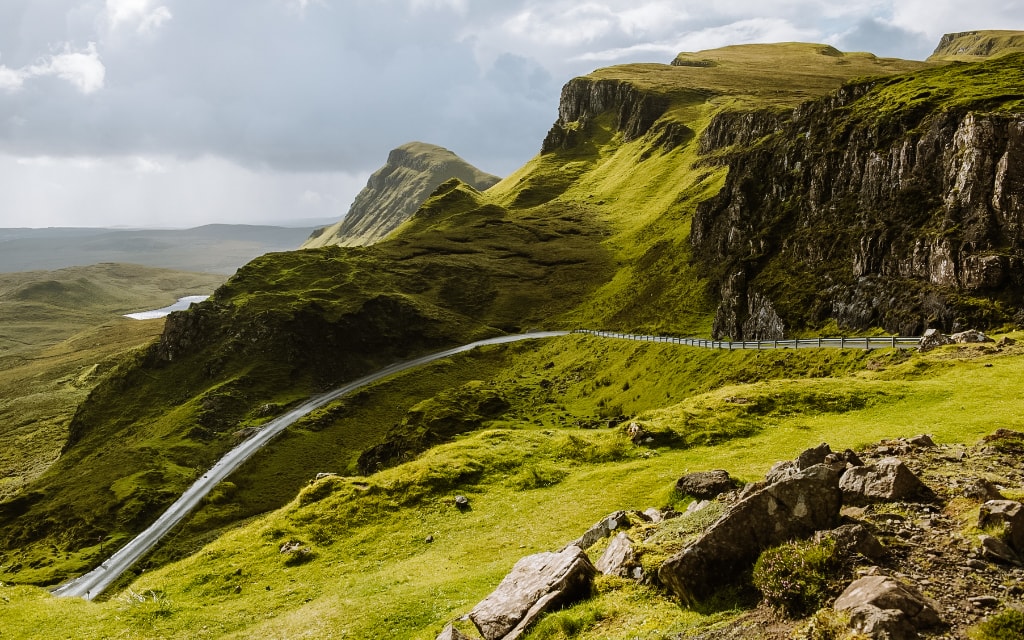
What are the Scots like?
The Scots are known for their warmth and friendliness. Whether you’re in a city pub or a village shop, you can expect to be greeted with a friendly smile and a joke.
They are proud of their history and culture, and many of them actively seek to preserve Scottish traditions, from Gaelic language and music to Highland games and festivals such as Hogmanay. Scots are known for their unique, often self-ironic sense of humour.
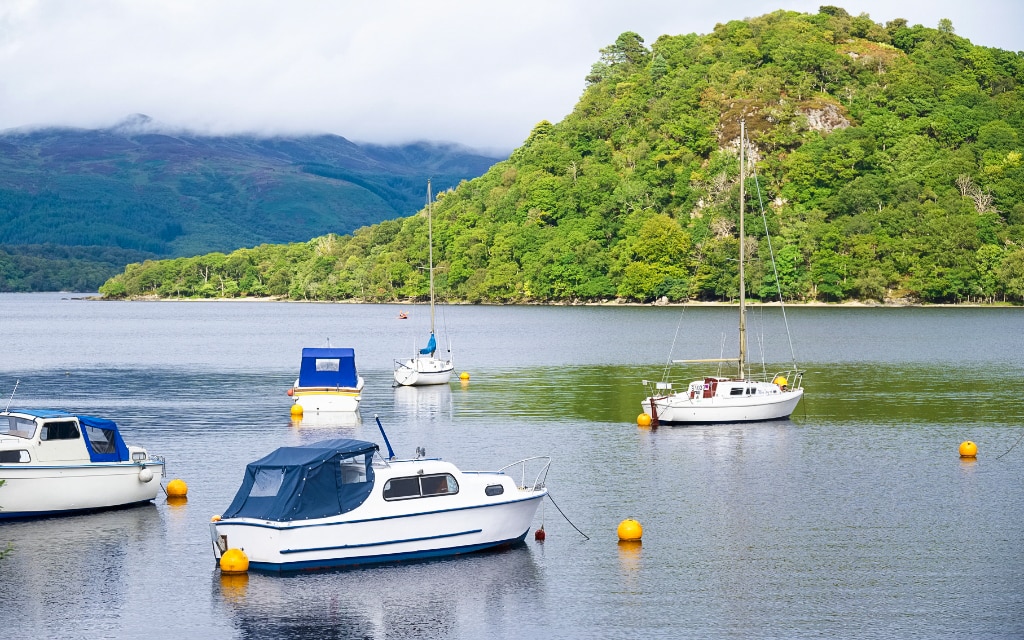
What are the best things to do in Scotland?
Hike the rugged terrain of the Scottish Highlands, take a boat trip on the famous Loch Ness or marvel at the beautiful Isle of Skye with its dramatic cliffs and sea stacks. Don’t miss the Cairngorms National Park, home to five of the UK’s six highest peaks and a stunning array of wildlife.
The Scottish coastline also offers breathtaking views and you can spot seabirds, seals, dolphins and even whales on various wildlife cruises.
Stroll Edinburgh’s Royal Mile, from historic Edinburgh Castle to Holyroodhouse Palace, or enjoy Glasgow’s lively music scene and impressive architecture.
See the most beautiful places in Scotland. The Isle of Skye is one of the best things to see in Scotland – here’s a list of the best places to visit on the Isle of Skye. Planning to visit Edinburgh? Get inspired by Things to do in Edinburgh.
How many days to visit Scotland?
The number of days you should spend in Scotland depends on what you want to see and do. If it’s your first visit and you want to see the most beautiful places in Scotland, 7 or 10 days is optimal.
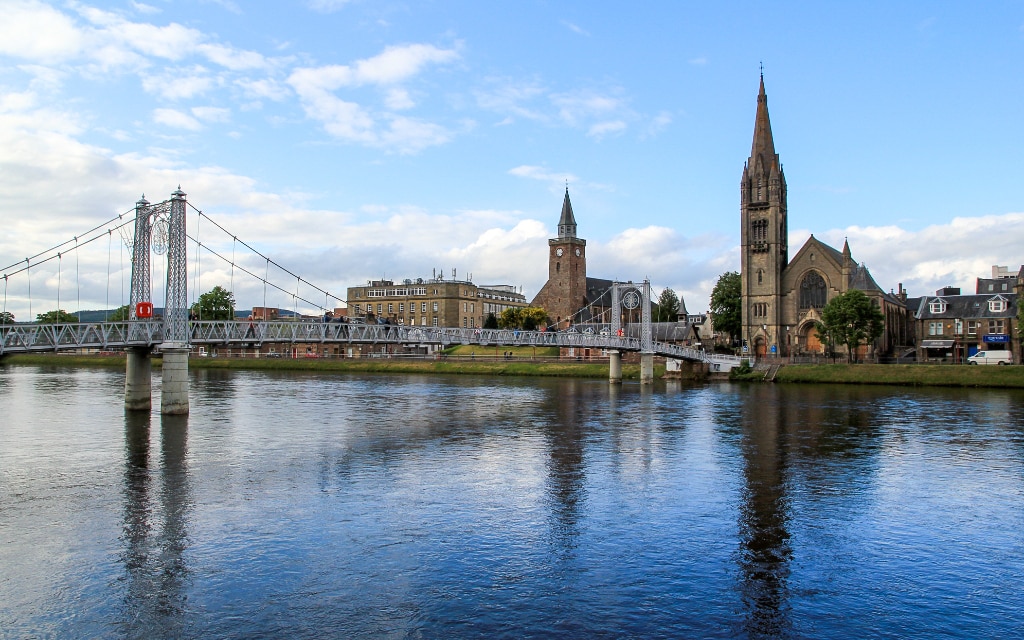
What are the traditions and typical things in Scotland?
- Bagpipe: this traditional Scottish instrument is typically associated with Scotland and is often played at events and celebrations.
- Kilts: a kilt is a traditional Scottish garment usually worn by men. It is made of wool and has a tartan pattern.
- Golf: Golf was first practised in Scotland and is still a key part of the country’s cultural heritage. The Old Course at St. Andrews is one of the oldest golf courses in the world.
- Tartan: This patterned fabric is often associated with Scotland and is used in various forms, from kilts to scarves.
- Scottish Gaelic: Although not as widespread as English, Scottish Gaelic is an integral part of Scottish culture.
- Scottish thistle: This prickly purple flower is the national symbol of Scotland.
- Unicorn: In Celtic mythology, the unicorn is a symbol of purity, innocence, virility and power.
- Festivals: Scotland is known for its festivals, such as the Edinburgh International Festival, the Edinburgh Festival Fringe (the world’s largest arts festival), and traditional events such as the Highland Games and Burns Night.
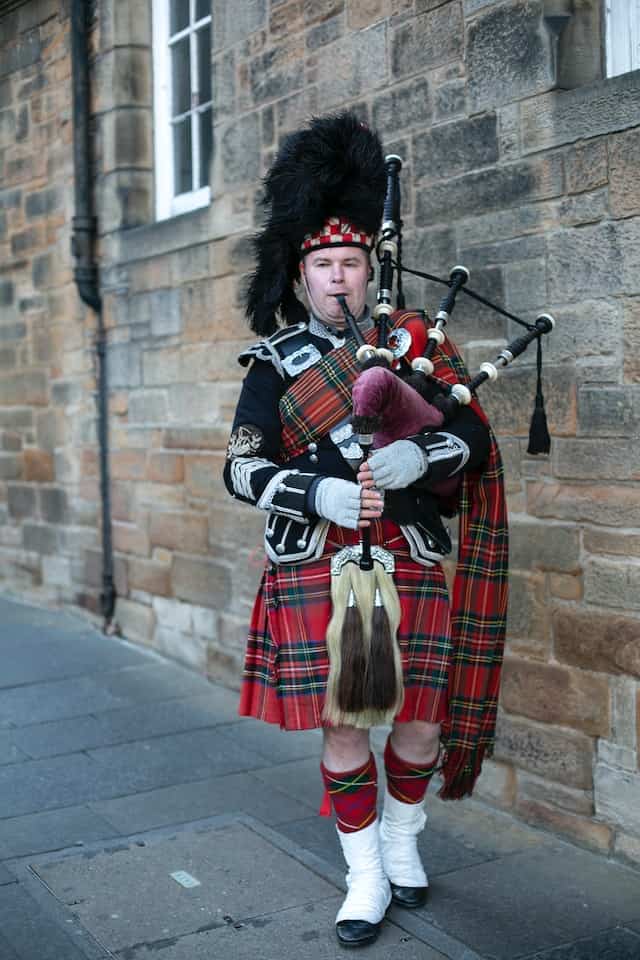
Prices in Scotland
A meal in a cheap restaurant costs an average of £15 and a three-course dinner for two in a restaurant costs £60. The prices of basic foodstuffs are as follows:
- Bread 500 g – £1.06
- Cheese 1 kg – £6.05
- Chicken 1 kg – £5.43
- Potatoes 1 kg – £1.01
- Apples 1 kg – £2
- Water 1 l – £1.04
- Domestic beer 0.5 l – £1.54
- Bottle of wine – £7
The following prices are approximate and may vary depending on your area.
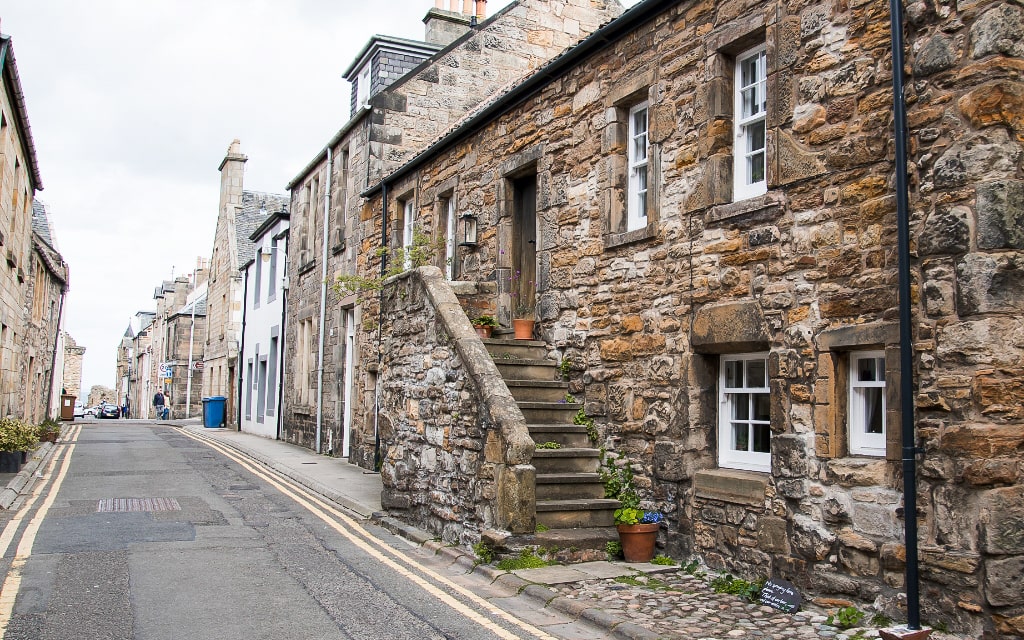
Practical information for visiting Scotland
Travel documents: You need a valid passport to enter the UK from the EU. You can also find up-to-date information on the Foreign Office or British Embassy websites.
Currency: The currency in Scotland is the British pound (£). Credit and debit cards are commonly accepted, but it is always useful to have some cash with you, especially in remote areas. ATMs are widely available.
Language: The main language spoken in Scotland is English. There are also areas where Scottish Gaelic is spoken, particularly in the west and north of the country.
Electricity: In Scotland, G-type plugs with three pins are used and the standard voltage is 230V, so you’ll probably need a travel adaptor.
Healthcare: The emergency telephone number in Scotland is 999. Holders of the European Health Insurance Card (EHIC) can access the healthcare they need at reduced or free prices. If you are travelling outside the EU, make sure you have valid travel insurance.
Safety: Scotland is generally a safe country, but as with all travel it is important to be aware of your surroundings, especially in the larger cities.
Tipping: Tipping is customary in Scotland. In restaurants, it is typical to leave 10-15% of the bill. Tipping is not expected in bars, but you can offer to “buy a drink” for particularly good service.
Environment: Scotland is one of the countries with a strong commitment to environmental protection. Follow the Scottish Outdoor Access Code and leave no trace.
Scotland Travel Guide – map
HOW TO USE THIS MAP: Above you will find a detailed map of Scotland with tips on the best things to do in Scotland. Click at the top left of the map to see separate layers with highlighted locations. You can hide and show the different layers or click on the icons on the map to see the names of the places mentioned in the Scotland guide. If you want to save the map, star it. For a larger version, click on the icon in the upper right corner.
What to look out for in Scotland
There are a few things you should look out for when visiting Scotland:
Unpredictable weather: The weather in Scotland can be very unpredictable, often with all four seasons changing in a single day. Dress in layers and wear rainproof clothing, even in summer.
Midges: Small midges occur from late May to September and are more annoying than dangerous. They are most often found in the early morning or evening near lochs and marshes (but we did not see them at Loch Ness or Loch Lomond). If you’re on the move, you probably don’t even feel them.
Driving: If you are planning to rent a car locally, remember that in Scotland you drive on the left-hand side of the road. Some of the more scenic roads, such as in the Highlands, can be narrow, winding and challenging for those used to driving in towns or on the right-hand side of the road.
Respect for nature: The Scottish countryside is beautiful and everyone has a responsibility to keep it that way. Follow the Scottish Countryside Access Code, which includes principles such as leaving no tracks, keeping dogs under control and respecting wildlife and the work of farmers. This includes the building of popular stone towers, which is not only allowed in Scotland.
Don’t call the locals English. Given the long-standing rift between Scotland and England, they are very susceptible to this.
These were our travel tips and guides for visiting Scotland. Do you have a question? We’ll be happy to answer it in the comments below. Have a safe journey!
Learn more about the UK
SCOTLAND: Scotland is one of the most beautiful areas of the UK – here’s a list of things to see in Scotland, including a map and useful information, or get inspired by the most beautiful places on the Isle of Skye.
A sample itinerary for a roadtrip in Scotland will help you plan your trip.
EDINBURGH: Check out 25 tips on what to see in Edinburgh (+ more useful information and tips for your trip).
ENGLAND: Find tips on what to see and do in England in our list of the most beautiful places in England.
LONDON: Read more about what to see in London. To help you plan your trip, we’ve created a 3-day London itinerary. In a separate article, we share tips on what to do in London with kids
FAQ: Travel Guide for Scotland
Scotland uses the British Pound Sterling (GBP, £).
The main language spoken in Scotland is English, but some people also speak Scots and Scottish Gaelic.
The best time to visit Scotland, weather-wise, is summer (June to August). But this is also the time when most tourists are here. In spring, everything begins to bloom beautifully and in autumn, nature is wrapped in warm tones.
Traditional Scottish dishes to try include Haggis, Cullen Skink and Scotch Pie. For dessert, try Shortbread or Tablet.
Scotland is famous for its beautiful countryside, including the Highlands and Loch Ness, historic castles, whisky, tartan, kilts, bagpipes, golf and traditional events such as the Highland Games and Burns Night.
Yes, it is possible to see the Aurora Borealis in Scotland, especially in the northern parts of the country and during the winter months when the nights are longest.
